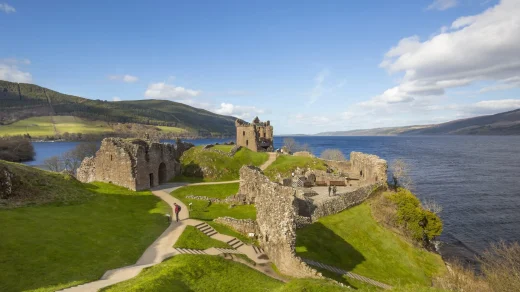Edinburgh has a fascinating history dating back thousands of years, with evidence of a settlement in the Cramond area from around 8500 BC.
The city’s name comes from ‘Eidyn’, the name for the region in Cumbric – the Brittonic language spoken in the Northern England and Lowland Scotland in the Middle Ages.
At this time a stronghold on Castle Roc k was called Din Eidyn, literally meaning ‘the hillfort of Eidyn’. As the Scots language evolved, the Din was replaced by ‘burh’, creating Edinburgh.
And there are plenty more clues to the Capital’s complex past in the names of the areas that make up the city, all of which come from a multitude of languages, backgrounds and people.
Here are 12 of them.
5. Sciennes

Sciennes is named after the Convent of St Catherine of Scienna, which was built in the area in the 16th century. The convent also gives its name to St Catherine’s Place, where it originally stood.
Photo: Unknown
6. Holyrood

Holyrood is named after Holyrood Abbey, also known as the Church of the Holy Rude – Scots for ‘Holy Cross’.


